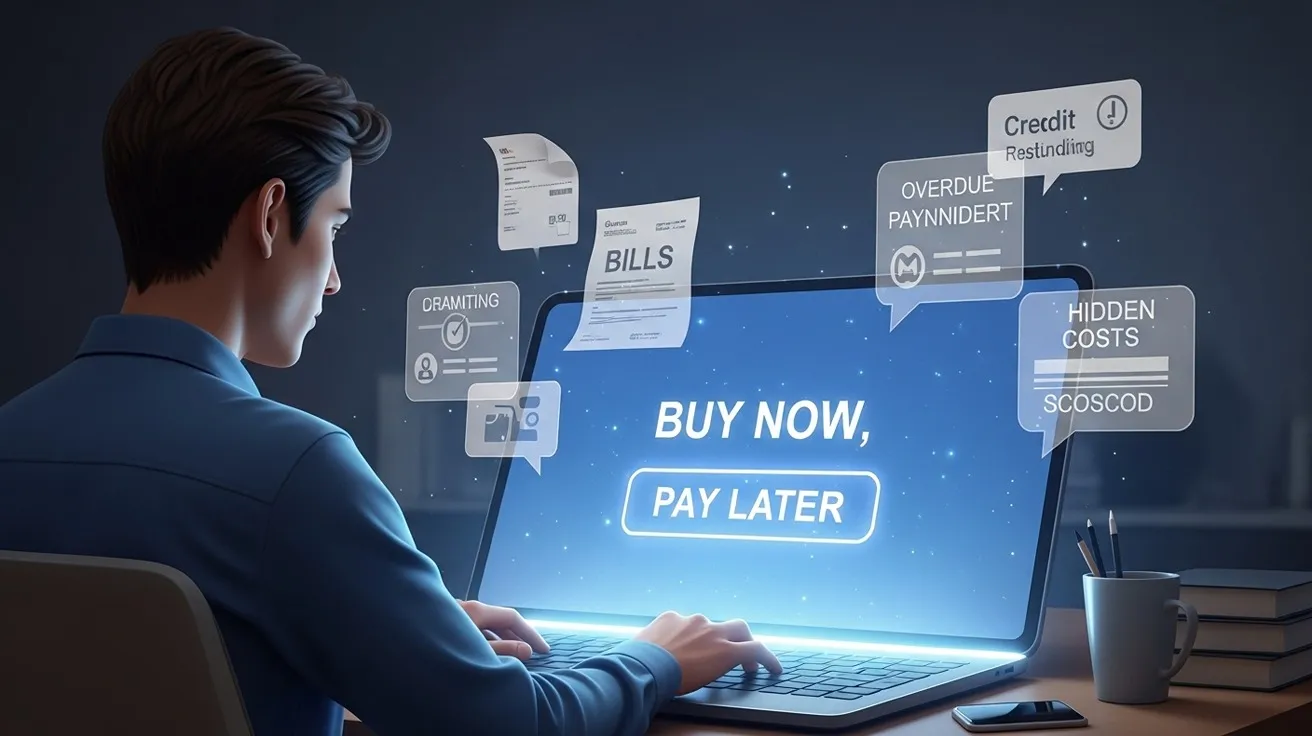
“Buy Now, Pay Later” — or BNPL — sounds like a dream
deal. You get what you want instantly, without paying the full price upfront.
From clothes and gadgets to vacations and furniture, it feels like everyone’s
offering a BNPL option today. But beneath that convenience lies a growing concern
— hidden costs, financial traps, and spending habits that can quickly spiral
out of control.
As we move into 2025, it’s time to ask: Is Buy Now, Pay
Later really helping consumers, or quietly costing them more?
Buy Now, Pay Later services let you split your purchase into
smaller, interest-free installments over weeks or months. Apps like Klarna,
Afterpay, Affirm, and PayPal Pay Later make it easy — just a few clicks at
checkout, and you’re approved.
For many shoppers, this feels like a smarter alternative to
credit cards. There’s no traditional credit check, no long forms, and no
immediate interest fees. You walk away with your purchase while paying over
time — simple, right?
Well, not entirely.
BNPL became popular because it aligns perfectly with modern
consumer behavior. Shoppers crave instant gratification but dislike
debt. These services bridge that gap.
Young consumers, especially Gen Z and Millennials,
are driving the trend. They see BNPL as flexible and low-risk — a way to manage
finances while still enjoying the things they want.
And in tough economic times, spreading payments feels easier
on the wallet. Retailers love it too because it increases sales, boosts cart
sizes, and reduces checkout abandonment. It seems like a win-win. But that’s
only one side of the story.
Here’s where things get tricky. BNPL might be marketed as
interest-free, but it’s not always cost-free.
Miss one payment, and most BNPL providers charge a late
fee, often around $5–$15 per missed installment. That may not sound like
much, but multiple missed payments quickly stack up, erasing any initial
savings.
Some BNPL companies report missed or unpaid installments to credit
bureaus, which can lower your credit score. While paying on time doesn’t
always boost your score, missing payments definitely hurts it.
The biggest hidden cost isn’t a fee — it’s behavior. BNPL
encourages impulse buying. When payments are split, items feel cheaper
than they really are. A $400 purchase feels like “just $100 today,” and that
psychological trick fuels overspending.
Many shoppers juggle several BNPL plans across different
platforms. Keeping track of due dates can be confusing. One missed reminder can
snowball into multiple late charges and potential financial stress.
BNPL apps collect valuable spending data. While this helps
companies tailor offers, it also means your personal financial habits are being
analyzed and shared across networks. That’s another cost — your privacy.
In 2025, BNPL is no longer a niche option — it’s a mainstream
payment method. But with growth comes new challenges. Governments around
the world are introducing regulations to control hidden fees and improve
transparency.
Still, many consumers remain unaware of the long-term
impact. A recent trend shows more people using BNPL to pay for necessities
like groceries and bills — not just luxury items. This shift signals a deeper
issue: people relying on short-term credit for everyday living, which can lead
to financial strain.
BNPL can still be useful — if you treat it carefully. Here’s
how to stay smart:
1.
Set a Budget Before You Buy: Don’t let
small installments fool you. Always check the total cost.
2.
Use Only One Platform: Managing multiple
BNPL accounts increases confusion. Stick to one trusted provider.
3.
Turn On Payment Alerts: Most apps allow
reminders. Activate them to avoid missed deadlines.
4.
Avoid BNPL for Essentials: If you’re
using it for groceries or bills, it’s a sign to reassess your budget.
5.
Pay Early When Possible: Paying off early
keeps you ahead and reduces any risk of late fees.
BNPL isn’t just financial — it’s psychological. It gives a
sense of control and affordability that often isn’t real. Marketers know this.
By framing purchases as “small payments,” they make expensive items seem
harmless.
The result? People spend more frequently, and brands profit
from that illusion of affordability. In 2025, financial awareness is your
strongest defense. Understanding how these systems influence your behavior
helps you shop smarter and save long-term.
Buy Now, Pay Later isn’t evil — but it’s not as innocent as
it looks. Used wisely, it can make life easier. Used carelessly, it leads to
hidden fees, stress, and debt.
The key is awareness. Treat BNPL like a tool, not a
shortcut. Know your spending limits, track your payments, and think before you
click “confirm.”
For more insights on smart shopping trends, money-saving
strategies, and modern consumer habits, visit TrandyReviews.com —
your trusted source for balanced, practical shopping advice in 2025.